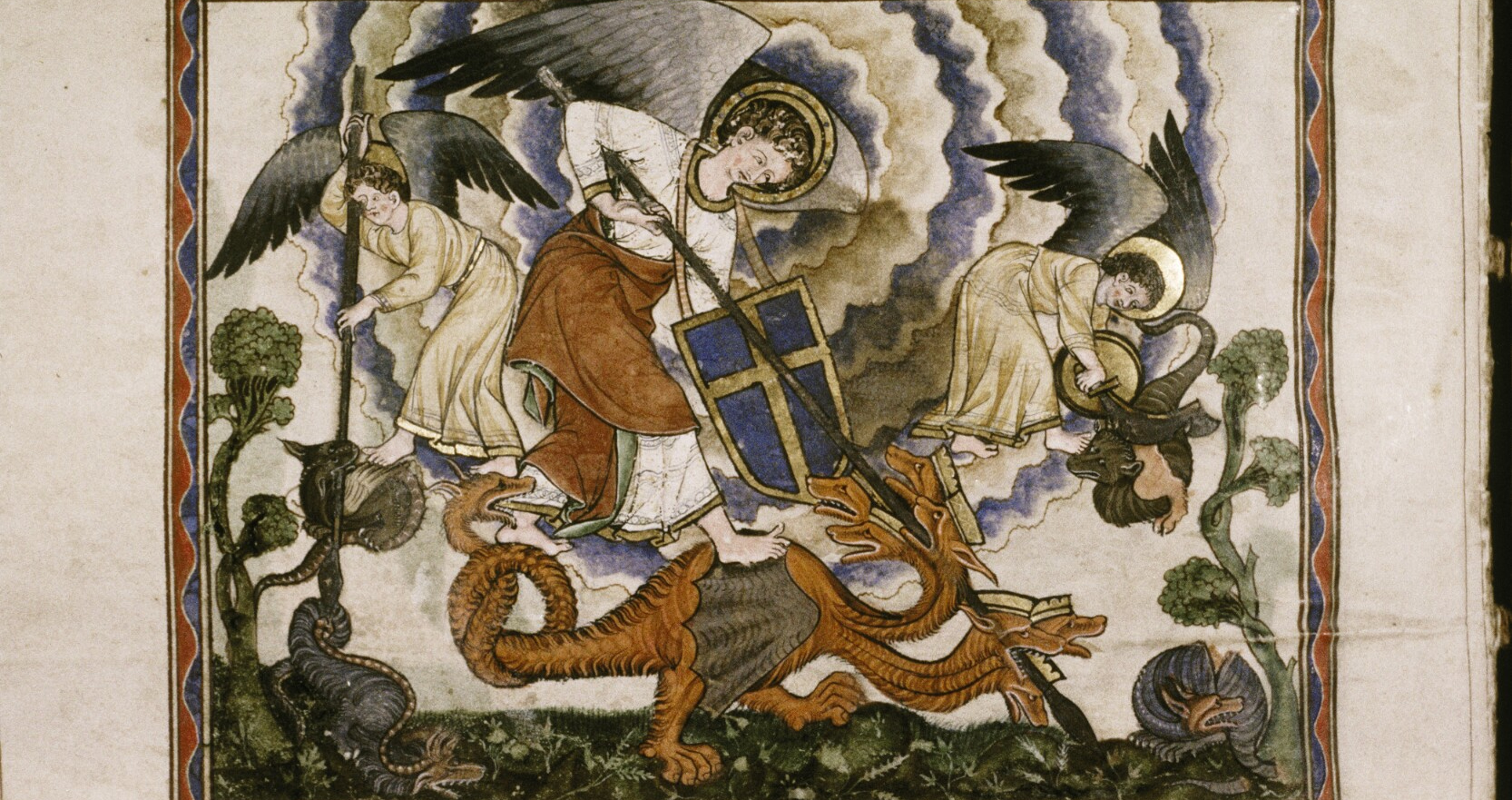
Posted by Verity Bruce
12 August 2024We have a very vibrant and wide-ranging community in Medieval Studies here at Exeter, and in recognition of this, we’re delighted to launch a new series on the blog to showcase individual medievalists — at all levels — and the exciting work that they do. We’re kicking things off with a contribution from Verity Bruce, a PhD student in the Department of Archaeology and History (and our very own Postgraduate Representative in the Centre). Thanks very much to Verity for taking the time to answer our questions!

I look at saints, demons, and constructions of non-binary gender in the thirteenth century.
I’ve always been interested in demonic things, and I am also keen on the field of gender history. I have a lot of people in my life who are trans and non-binary, and I felt it was a part of the field that was important to contribute to. I did my MA thesis on relationships between humans and demons in the Middle Ages, and to examine demons and gender felt a natural extension of that. The saints were a useful vehicle for this thanks to their relationship with the satanic, and I got going from there.
The Golden Legend is a key source for me, as well as other versions of the saints’ lives. The Golden Legend is a mid-thirteenth-century collection of saints’ lives written by Jacobus de Voragine, intended to assist preachers by providing exempla for sermons. Scholars consider it one of the most popular texts of the later Middle Ages, the Golden Legend being a nickname due to its popularity. In addition to that, Caesarius of Heisterbach’s Dialogue on Miracles is a key source for me, as are theological works like Peter Lombard’s Sentences and Thomas Aquinas’ Summa Theologiae. In terms of images, I’ve done some close work with a few of the Anglo-Norman Apocalypses and their representations of St Michael Archangel: the Bodleian Apocalypse, the Lambeth Apocalypse, and the Douce Apocalypse, for instance.
At the moment I’m in the redrafting stage, so my typical day is usually me redrafting the chapter I’m on, using the previous draft and comments against the new draft so I can see where I need to change as I go. I do, of course, try to take breaks, too, such as to go for a walk or play with my cat, Wilfred.

In medieval illustration and illumination, the soul is most commonly depicted as looking distinctly human-like (though not distinctly gendered). Souls weren’t always conceived of in this form, though, and in some texts we find examples of the ‘circular soul’, where the soul is described as a sphere or circle. While some scholars have suggested descriptions of the circular/spherical soul appear mostly in Cistercian sources in this period, I think there is also an element of it in some of the Franciscan lives of Francis, such as Bonaventure’s Legenda Maior.
You absolutely don’t have to have perfect Latin to do a medieval PhD! There are lots of opportunities to work on your Latin over the course of the PhD, and there are plenty of people to help.
Featured image: Oxford, Bodleian Library, MS Douce 180 (viewable here).
2 responses to “Spotlight: Saints, demons, and medieval gender”
[…] with individual members of our medievalist community. After speaking with Verity Bruce in our first post, we’re picking up many of the same themes again this week, as we chat to Dr. Jennifer […]
[…] to our ‘spotlight’ series, following in the footsteps of our earlier discussions with Verity Bruce and Dr. Jennifer Farrell. This week, we’re hearing from Dr. Gregory Lippiatt, Senior Lecturer […]